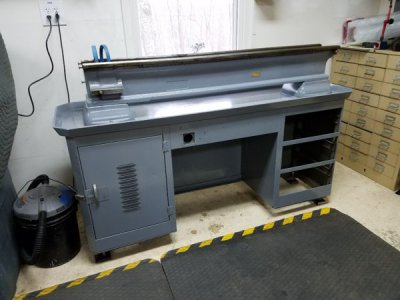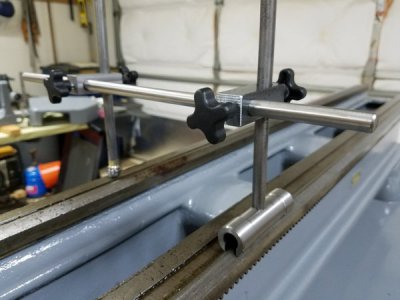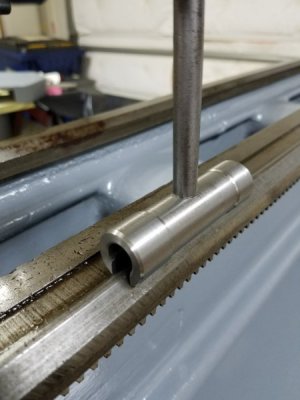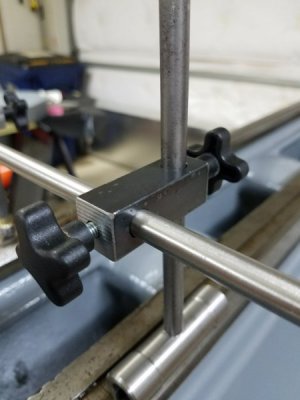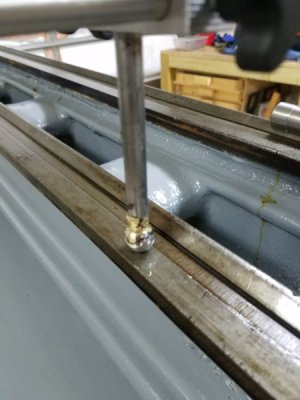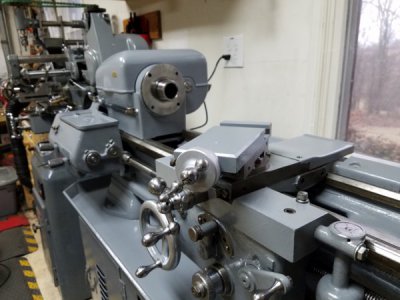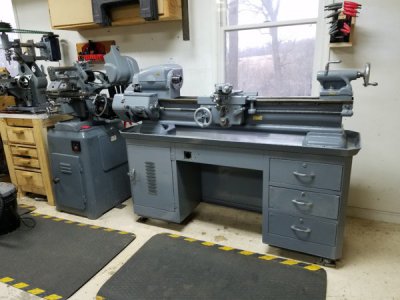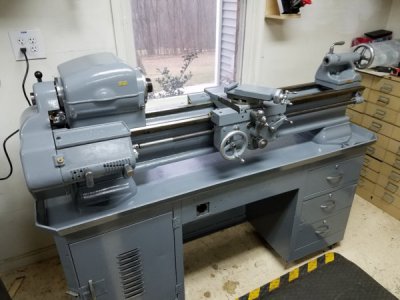- Joined
- May 10, 2014
- Messages
- 819
Nice progress on the lathe.
The GS2 VFD has similar design to my TECO VFD, power in at the top and power out to the motor at the bottom. Designed to be installed in a NEMA enclosure. If I upgrade my milling machine to 3 phase and VFD I will get a design with power in/out at the bottom and a box is NEMA rated so no other enclosure needed.
I do not know the default for power on. My TECO displays "60" which is 60 Hz so the motor runs at normal speed. Other VFDs display "0" which means the motor will not run since 0 Hz so you may need to rotate the potentiometer to get to a frequency which will have the motor run.
You can either use the display to set FWD or REV and not wire up the drum switch, or you can run 24V wires to the drum switch and appropriate terminals in the VFD, but do not run the power feed wires through the drum switch then to the VFD. The VFD needs to be handling turning the motor on and off.
The GS2 VFD has similar design to my TECO VFD, power in at the top and power out to the motor at the bottom. Designed to be installed in a NEMA enclosure. If I upgrade my milling machine to 3 phase and VFD I will get a design with power in/out at the bottom and a box is NEMA rated so no other enclosure needed.
I do not know the default for power on. My TECO displays "60" which is 60 Hz so the motor runs at normal speed. Other VFDs display "0" which means the motor will not run since 0 Hz so you may need to rotate the potentiometer to get to a frequency which will have the motor run.
You can either use the display to set FWD or REV and not wire up the drum switch, or you can run 24V wires to the drum switch and appropriate terminals in the VFD, but do not run the power feed wires through the drum switch then to the VFD. The VFD needs to be handling turning the motor on and off.


